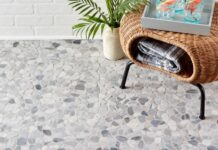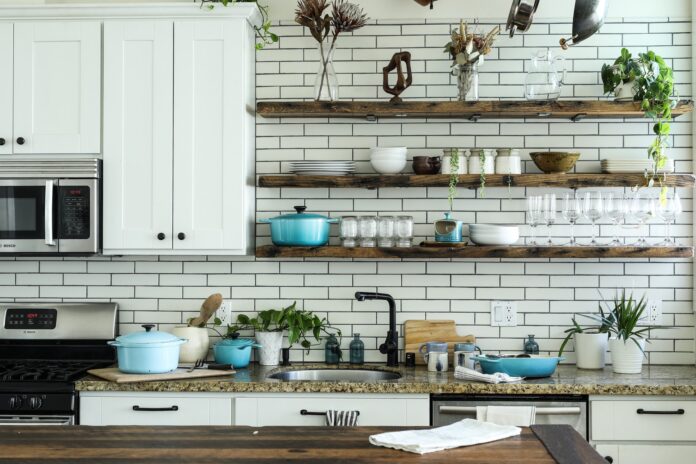
There’s no need to be shy when admitting that you don’t know much when it comes to choosing which copper cookware you’re going to want in your kitchen. There are a lot of people who’re probably in the same situation as you, which is why we have created a simple guide to aid you in choosing what cookware you’re going to need in the kitchen!
You can consider that copper to be sort of like the queen of cookware – when cast iron is the king. If we put it into terms of chess, the queen is more versatile and can do so much more than what the king can do, and the analogy directly applies to copper! Why don’t we get into more depth as to why copper can be more useful in your kitchen!
Better Heat Conductivity
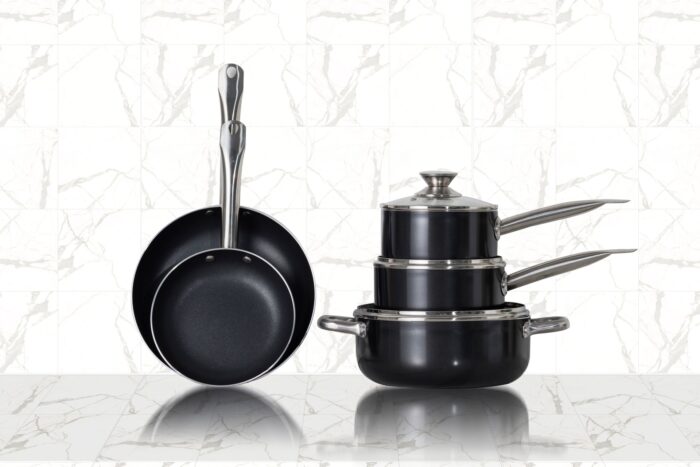
Why choose copper cookware in the first place? Using copper cookware when cooking is actually more efficient than using your typical stainless steel pots and pans since copper can conduct heat at least twenty times better than stainless steel. This also means that the heat in the copper cookware can be distributed more evenly!
Adding on to that, not only can copper cookware conduct heat better than other typical cookware, you can be more precise with your cooking temperatures – more so when using electric stoves! This means copper cookware and induction cooking will probably go hand-in-hand when you’re going to consider the transition!
Hygiene
Another reason why you should switch over to using copper cookware is that copper itself has antibacterial properties! Since bacteria and germs can’t “live” or survive on copper since it’s toxic for them – often why many hospitals use copper in their door handles and water pipes.
The Different Types Of Copper Cookware You Can Buy
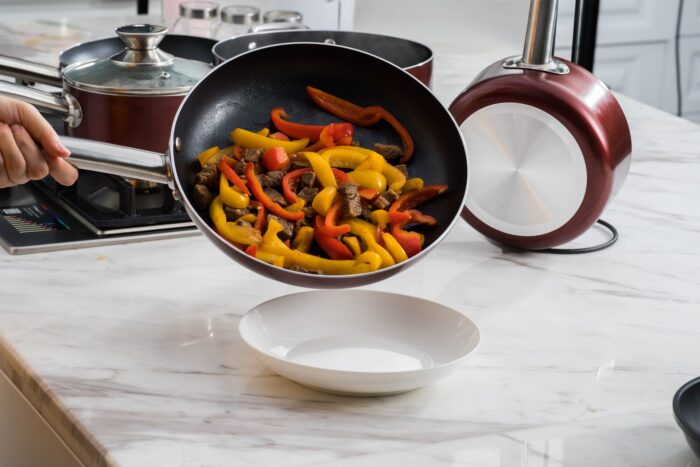
Don’t be fooled whenever you’re shopping for copper cookware. Though they are all commonly sold under the name of ‘copper cookware,’ what’s being sold may not at all be 100% pure copper. You can visit Foodal.com for a more in-depth look at copperware. You might get some coated copper or copper mixed with other metals. They might even be stainless steel with a thin copper coating just for aesthetics.
Tin-coated/lined Copper Cookware
After researching a bunch, you’ll find that many copper cookware is commonly coated with tin – which is to prevent contact between the copper and the food that you’re cooking, which allows you to leave the food cooling in the pot. You can find plenty of tin-lined copper pots online or even in your local department stores.
Keep in mind that the tin-coat may discolor over time because the food is not always being evenly cooked on the surface. Don’t worry about it though, it’s a normal occurrence, and it doesn’t affect your health in any way; it’ll just gradually change to a grey-ish tint on the inside. Don’t try to get the stains out with a rough brush since you’ll just be removing the tin-plating!
Pure Copper Cookware
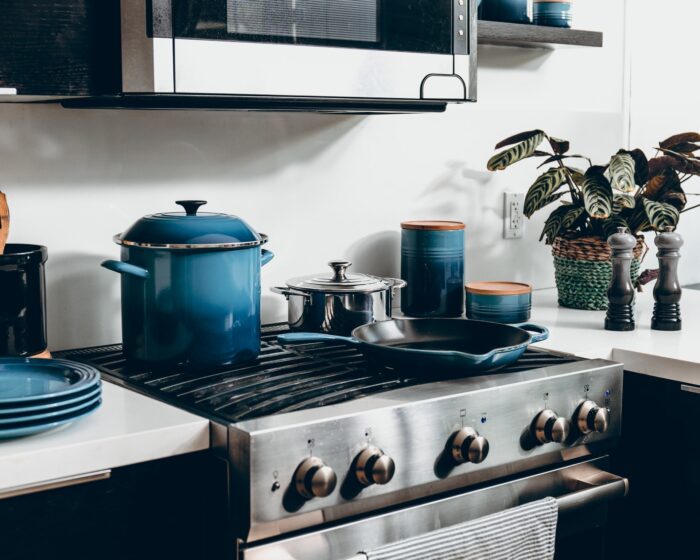
Copper cookware without any coating is more suitable for those who love to bake or make pastries – since you’re going to need excellent heat conductivity. Many pastry chefs use this to make caramel, chocolate, jams, and syrups because sugars have a high melting point. At those temperatures, many coatings would just get damaged.
You can still use non-coated copper cookware for cooking food usually. Still, you shouldn’t let the food cool in the pan since it’ll just encourage the formation of verdigris – the green pigment that normally covers copper, like the green color of the Statue Of Liberty. This substance is toxic, so remember to never leave food to cool in copper cookware without coating.
Copper Cookware Lined With Stainless Steel
This type of copper cookware functions the same as tin-coated copper cookware. However, since stainless steel is more durable than tin, this copper ends up being more durable. You can use metal utensils like whisks or metal ladles and not damage the pot – I suggest seeking out stainless steel lined copper cookware instead of tin.
Choosing Your Copper Cookware By Characteristics
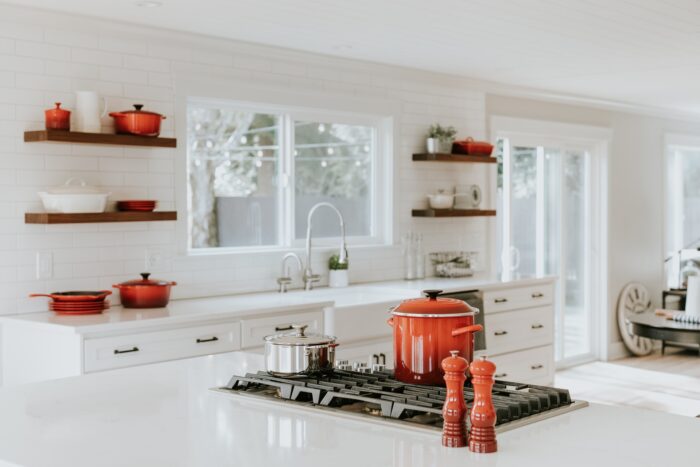
You could use these two characteristics as a tie-breaker if you ever find yourself in a situation where you can’t choose one pot over the other. For example, with the thickness of your pot comes along the weight.
Thickness
The optimal thickness for your copper cookware should be around 2.5mm thick – this is the simplest characteristic to judge if the cookware you’re examining is of good quality. The thickness is important since a thicker pot can distribute heat more uniformly compared to a thinner and lighter pot.
Appearance – Smooth vs. Hammered Finish
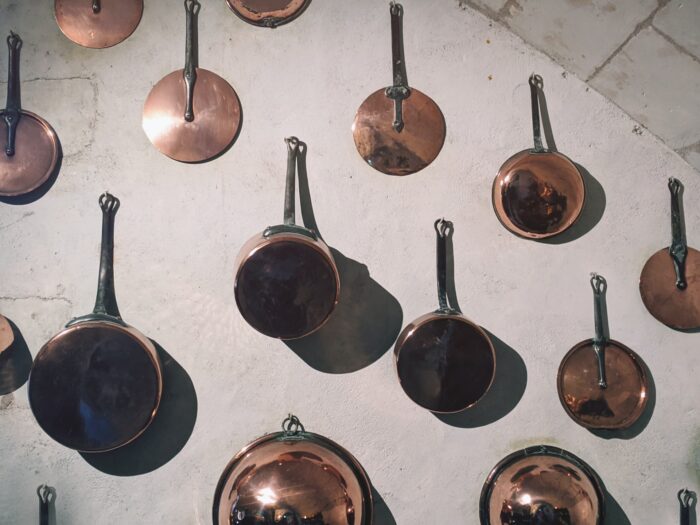
This doesn’t really affect the quality of the cookware. Though the hammered finish can trick people into thinking that it has a handcraftsman’s guarantee, there are many cheap(and low quality) copper cookware that can achieve the same finish. The smooth finish is typically associated with good quality brands, but it’s all just for aesthetics.
Maintenance
Since copper is considered a soft metal, it is susceptible to lots of scratches. So it is recommended that you do not clean it with very rough brushes to avoid removing the mirror finish. You could buy a special paste that manufacturers sell or use the traditional way of soaking a cloth or soft sponge in a salt and lemon solution.
It’s quite important that you always remember to do maintenance on your copper cookware – just like what you’d do for your cast-iron cookware. We mentioned earlier that copper cookware is the queen, so you need to treat royalty very carefully and with lots of precautions and manners!
Takeaway
It’s great to always explore when it comes to cooking, seeing which methods can be more efficient – both cost and time-wise. Copper pans are great when you’re also transitioning into induction cooking. Though the values of the different types of copper cookware are up there, I think it’s better for you in the long run – alongside the use of cast iron cookware!



